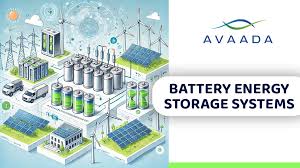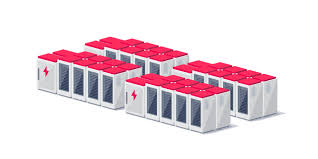
As electric vehicles (EVs) surge in popularity and renewable energy becomes a global priority, the demand for powerful, efficient batteries has never been greater. By 2025, batteries are at the heart of a fierce battle shaping the future of transportation and energy storage.
This battle involves innovation, resource challenges, and sustainability concerns that will determine how quickly we can transition to cleaner, greener technologies.
Let’s dive into the dynamics of battery power in EVs and energy storage, and what’s driving this critical race.
1. The Growing Demand for EV Batteries
Electric vehicles are rapidly replacing combustion engines due to climate goals and consumer interest. This growth fuels a huge need for batteries that are:
- Long-lasting with increased energy density.
- Affordable to make EVs accessible to more buyers.
- Fast-charging to reduce wait times.
- Safe and reliable under diverse conditions.
Automakers and battery manufacturers are racing to develop next-generation lithium-ion and emerging battery chemistries.
2. Energy Storage Beyond Vehicles
Batteries also play a pivotal role in storing renewable energy from sources like solar and wind:
- Enabling grid stabilization by storing excess energy during peak production.
- Supporting off-grid power systems for homes and communities.
- Facilitating energy independence and reducing reliance on fossil fuels.
Advances in battery storage technology are crucial for a sustainable energy future.
3. Innovations Driving Battery Technology
Cutting-edge developments include:
- Solid-state batteries promising higher capacity and safety.
- Silicon anodes increasing energy density.
- Fast-charging materials to reduce downtime.
- Recycling technologies to recover critical materials like lithium, cobalt, and nickel.
These innovations aim to overcome current limitations and environmental challenges.
4. Supply Chain and Environmental Concerns
The battery battle faces challenges:
- Raw material sourcing involves geopolitical risks and ethical issues.
- Environmental impact of mining and manufacturing.
- Recycling and disposal to prevent waste and pollution.
- Scaling production to meet global demand sustainably.
Addressing these issues is vital for responsible growth.
5. Market Competition and Collaboration
Major players—from automakers to tech startups and mining companies—are competing and partnering to secure battery supply, reduce costs, and speed innovation. Governments are also investing heavily in battery research and incentivizing local production.
This collaboration shapes the global battery ecosystem.
6. The Road Ahead
The battle for battery power will define:
- How quickly EV adoption accelerates.
- The reliability of renewable energy grids.
- Advances in portable electronics and new applications.
- Progress toward a circular economy with sustainable battery lifecycles.
Success depends on innovation, ethics, and strategic investment.
Final Thoughts
Batteries are the beating heart of the green revolution, powering vehicles and energy systems that could transform our world. The battle for better, cleaner, and more sustainable battery power is underway—and its outcome will influence how we live, travel, and protect the planet for generations.
